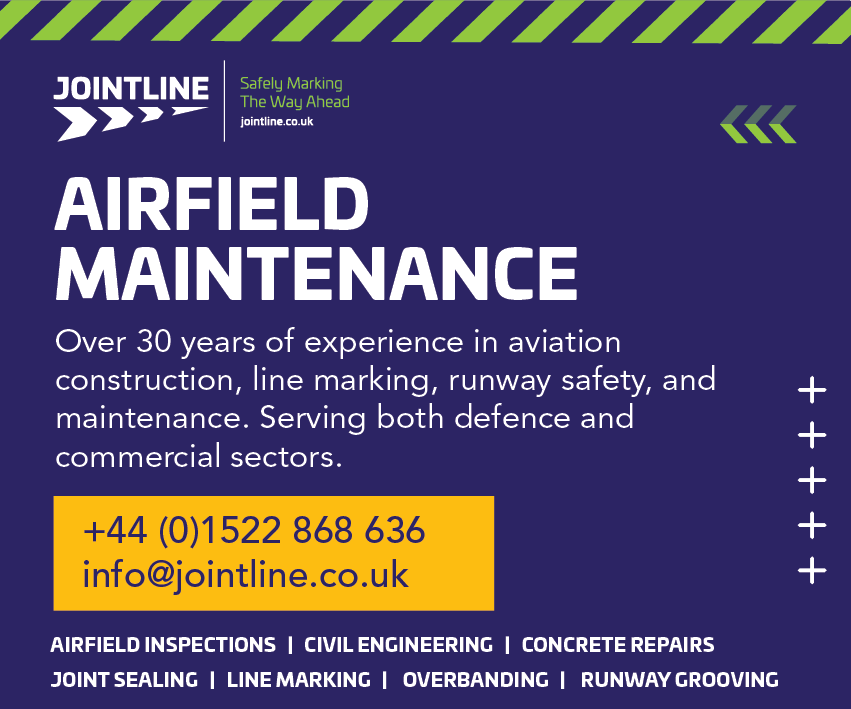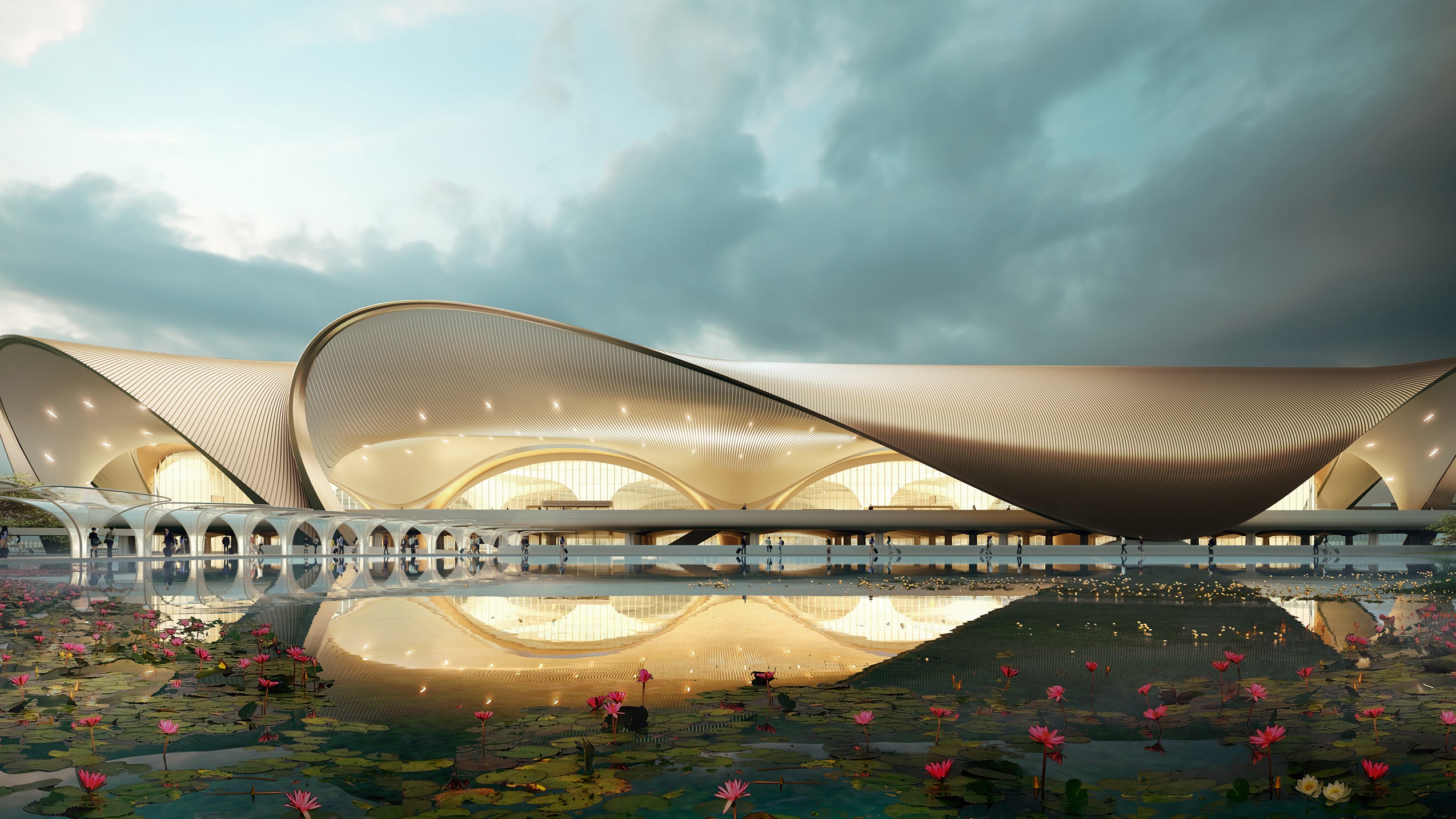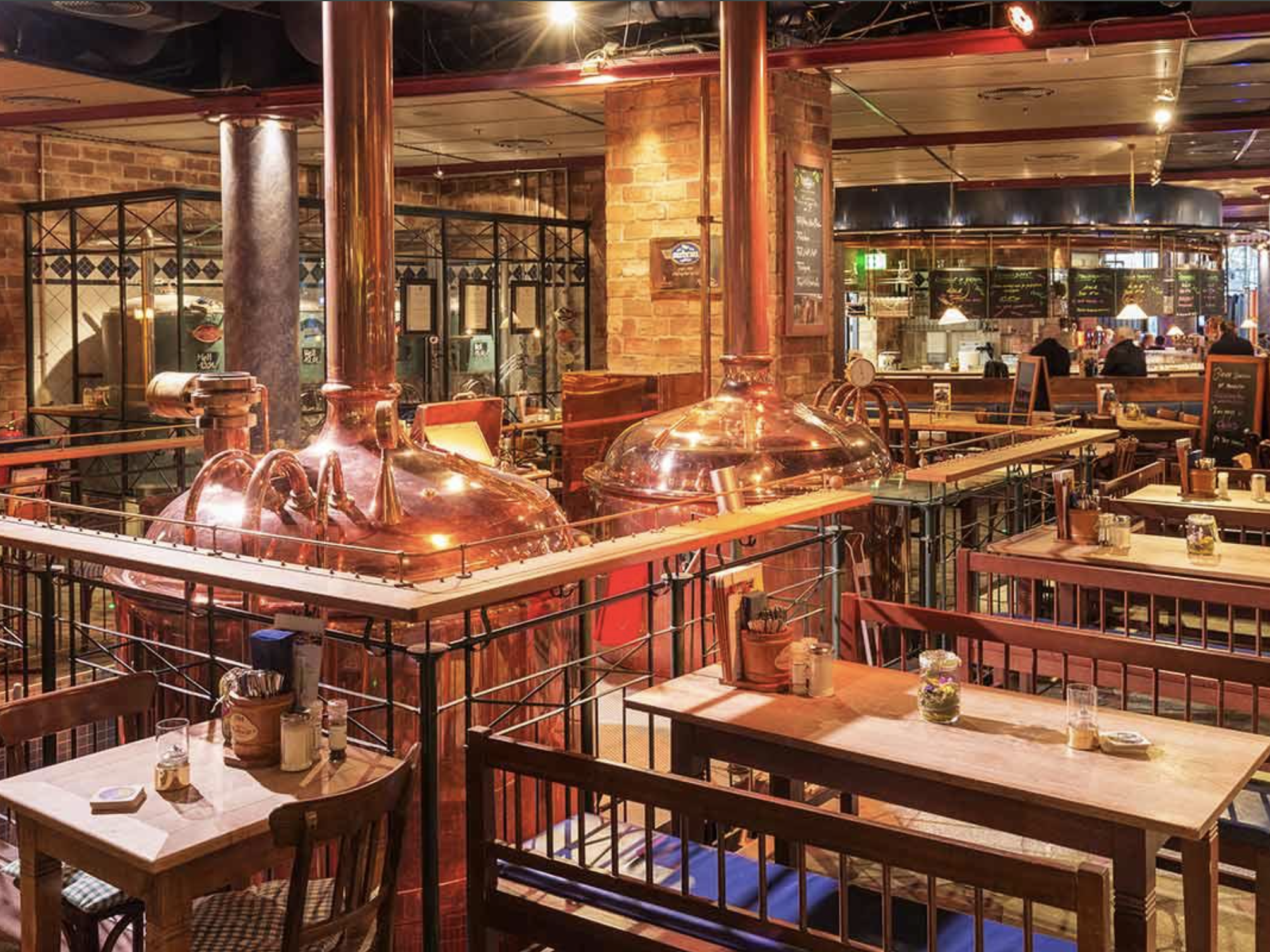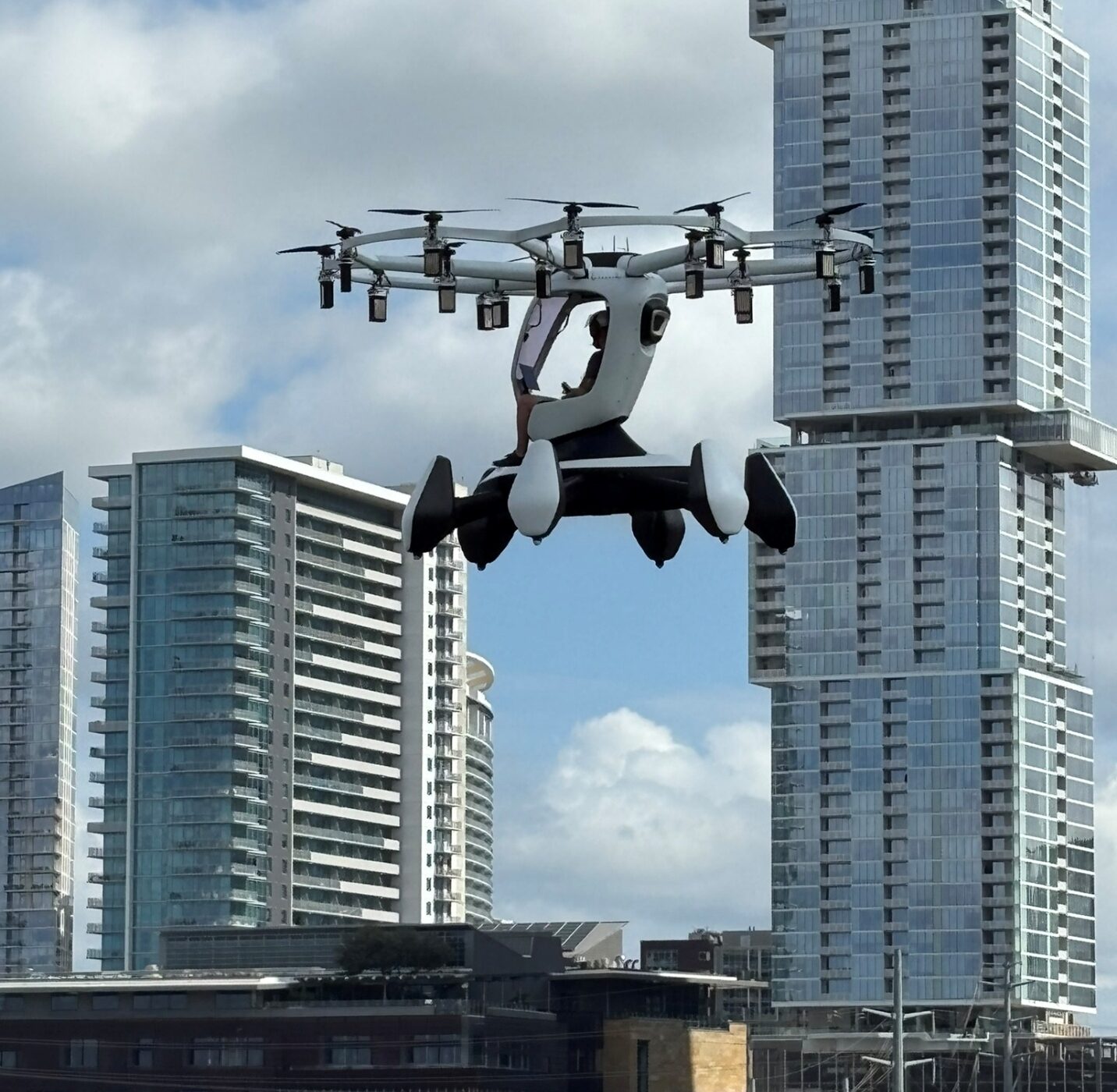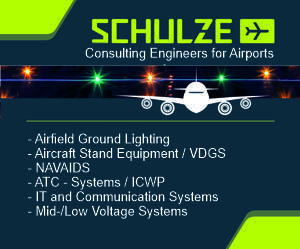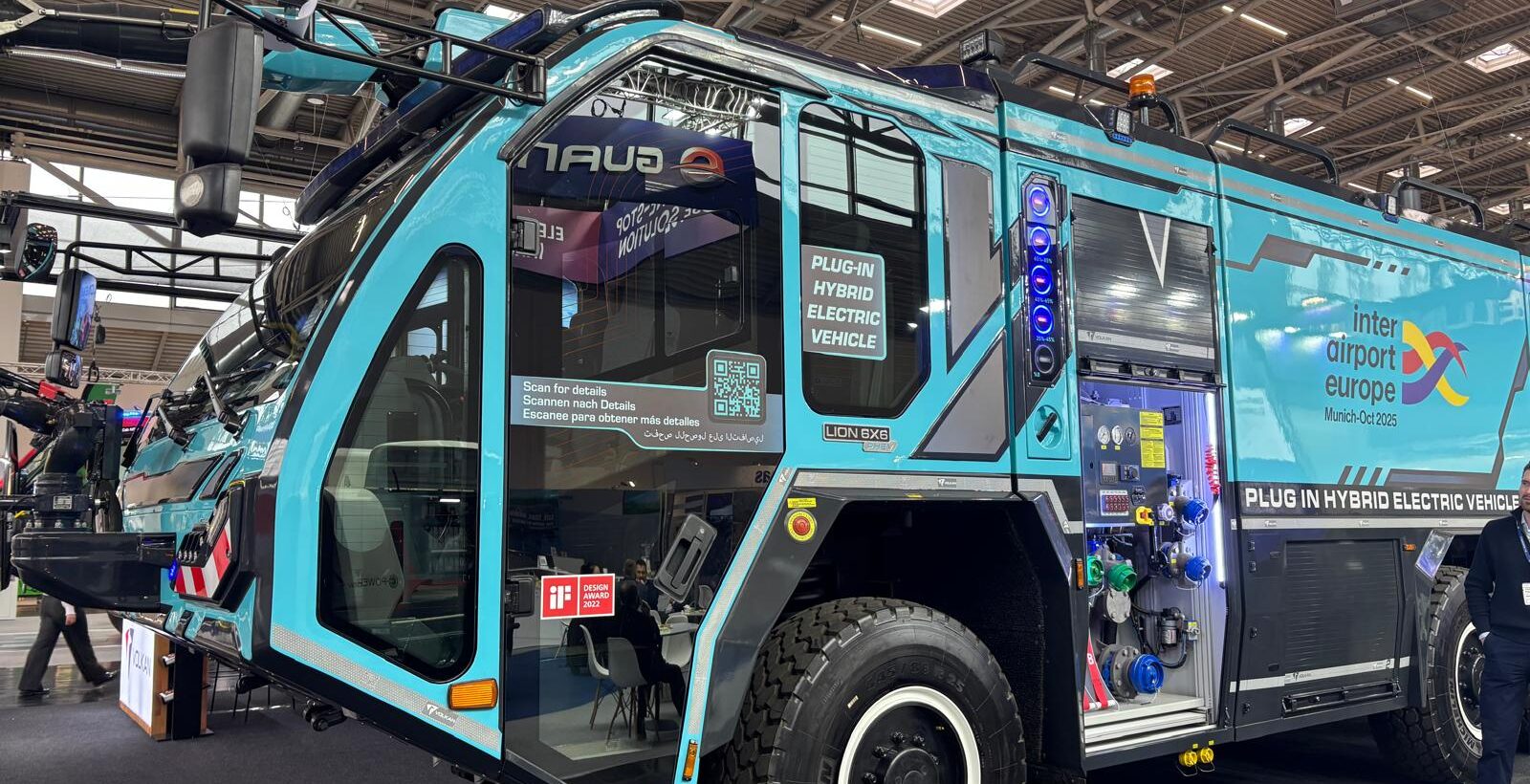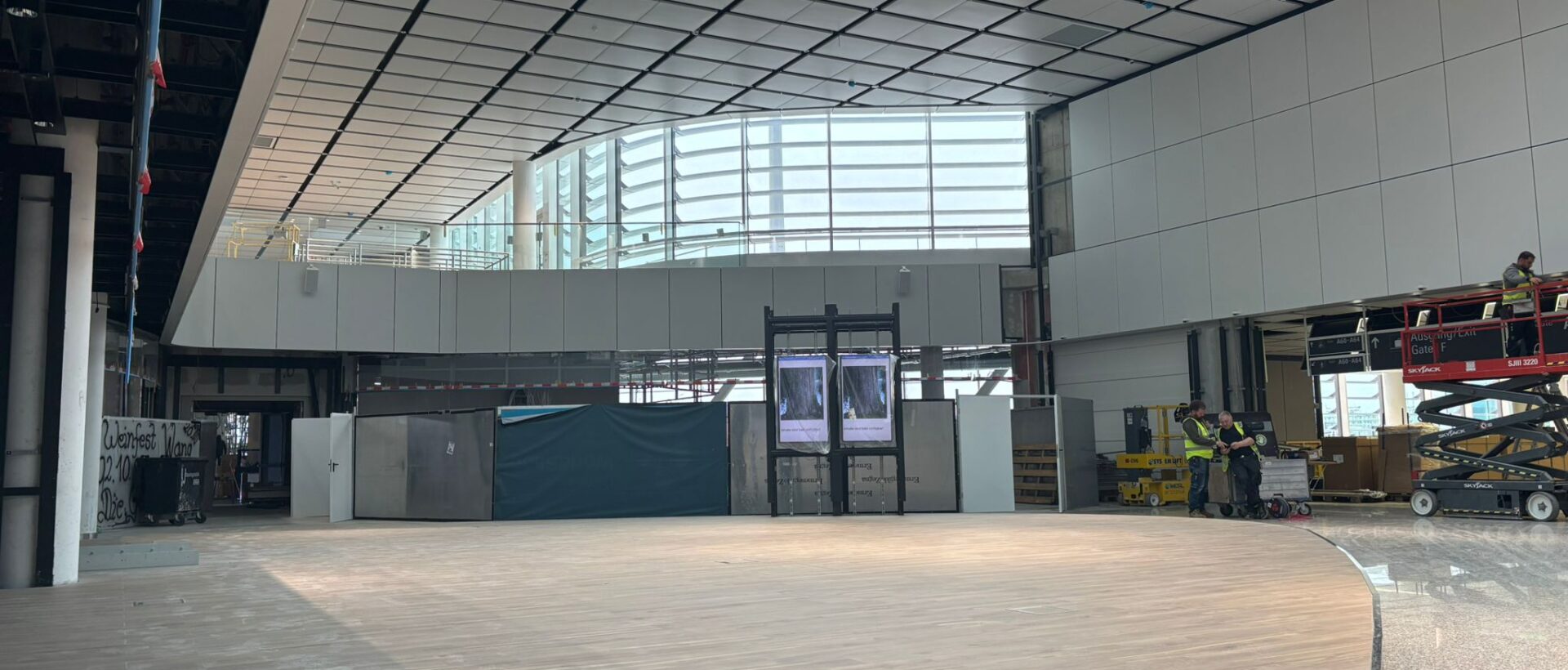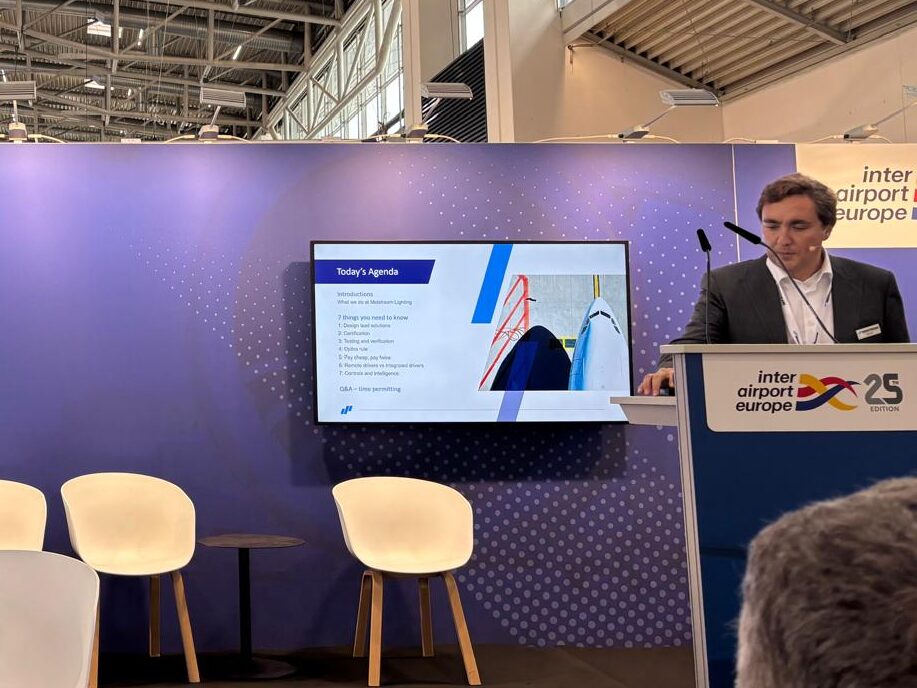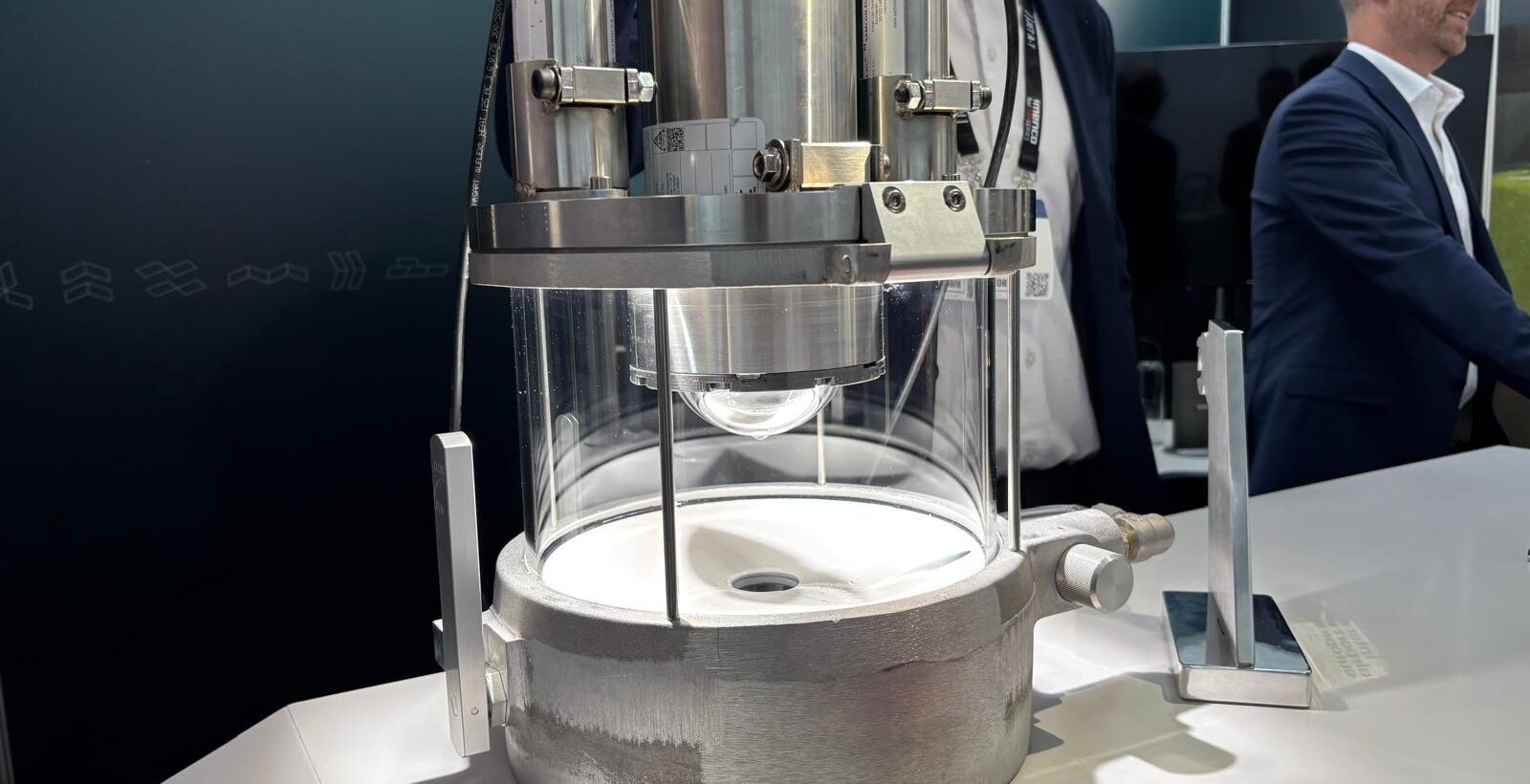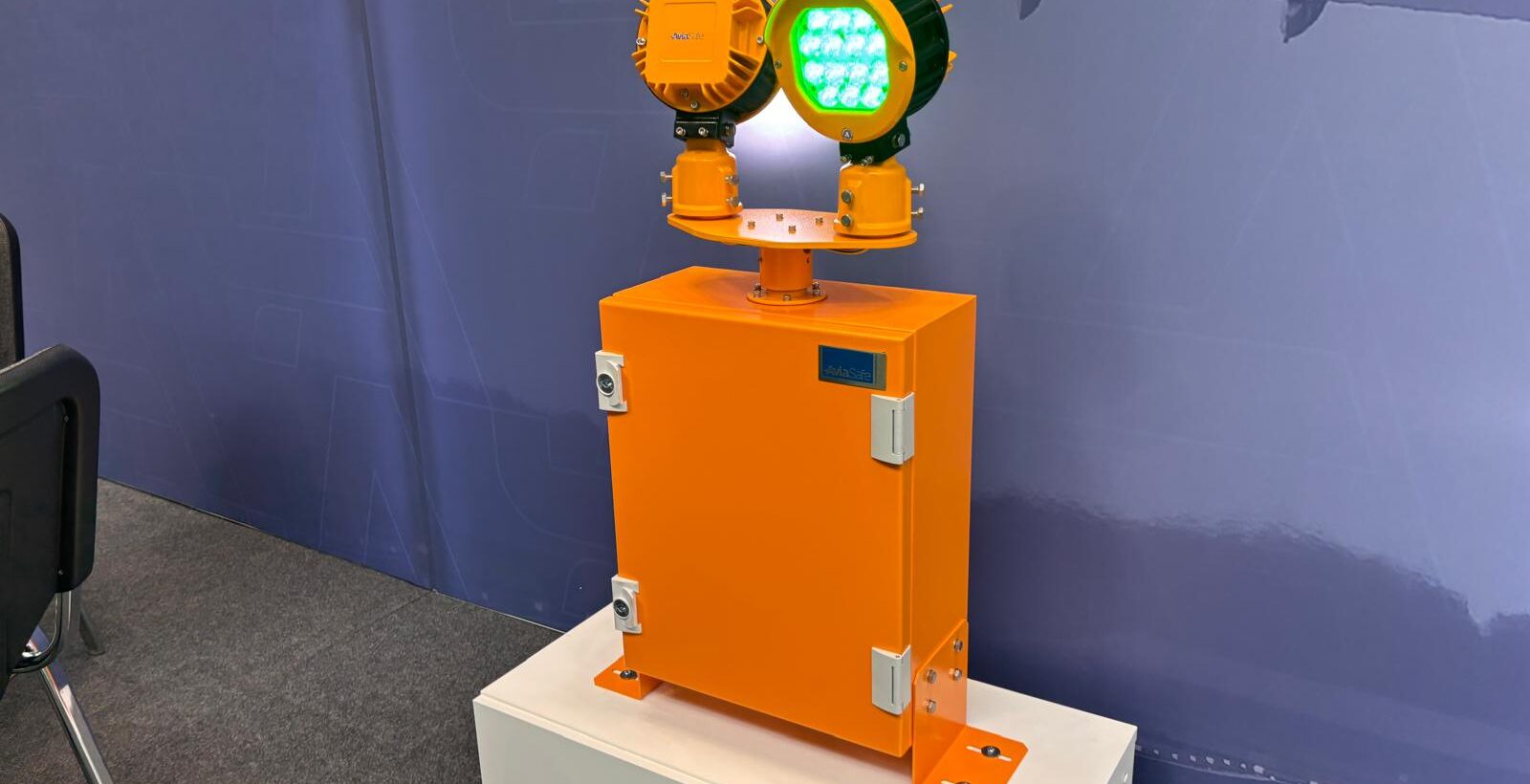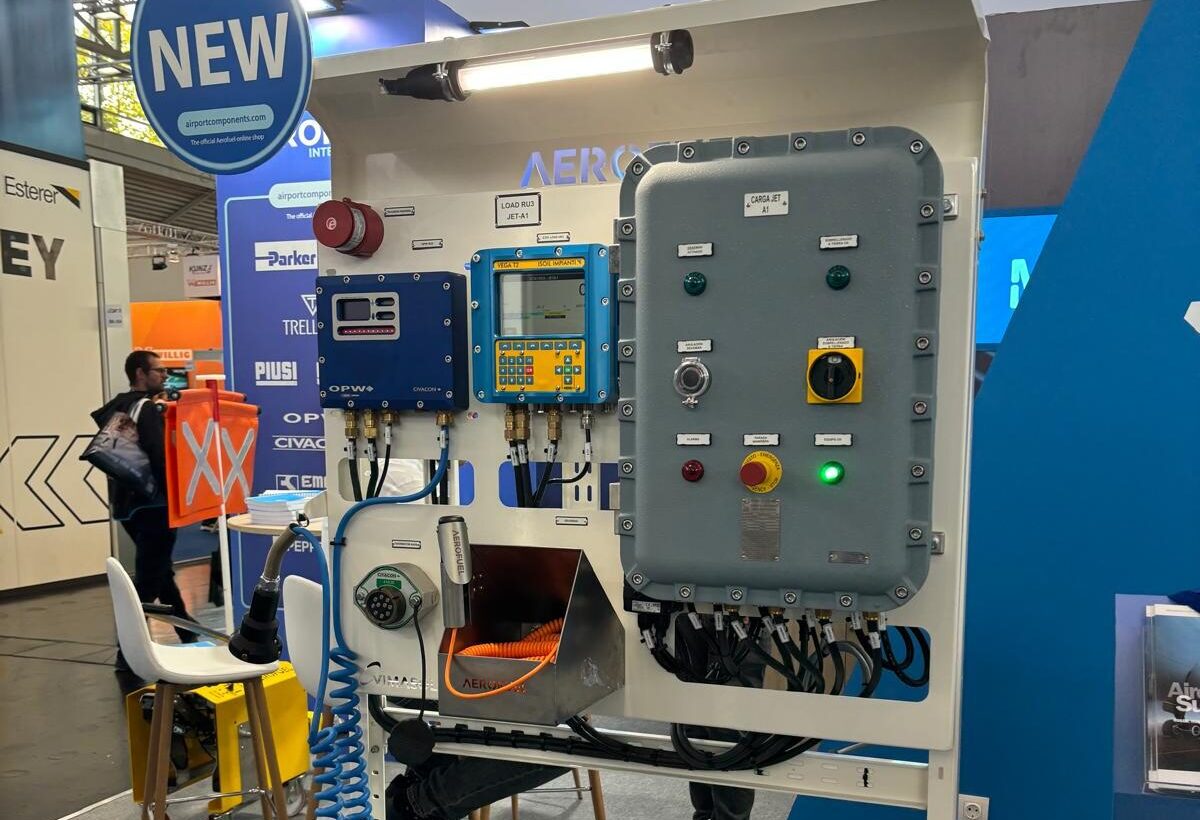During my time at inter airport Europe; it came to my attention quite quickly that whilst the show had a pretty wide scope, a select few topics would serve as core themes throughout the exhibition: sustainability, inclusivity and infrastructure solutions permeated almost every single talk or panel I attended during the week.
This might sound like a fairly broad spread of areas of discussion. However, despite their initially apparent differences; these themes aren’t altogether too dissimilar, and across the event, one thing stood out as a common denominator: one size fits all simply cannot apply to the airport sector.
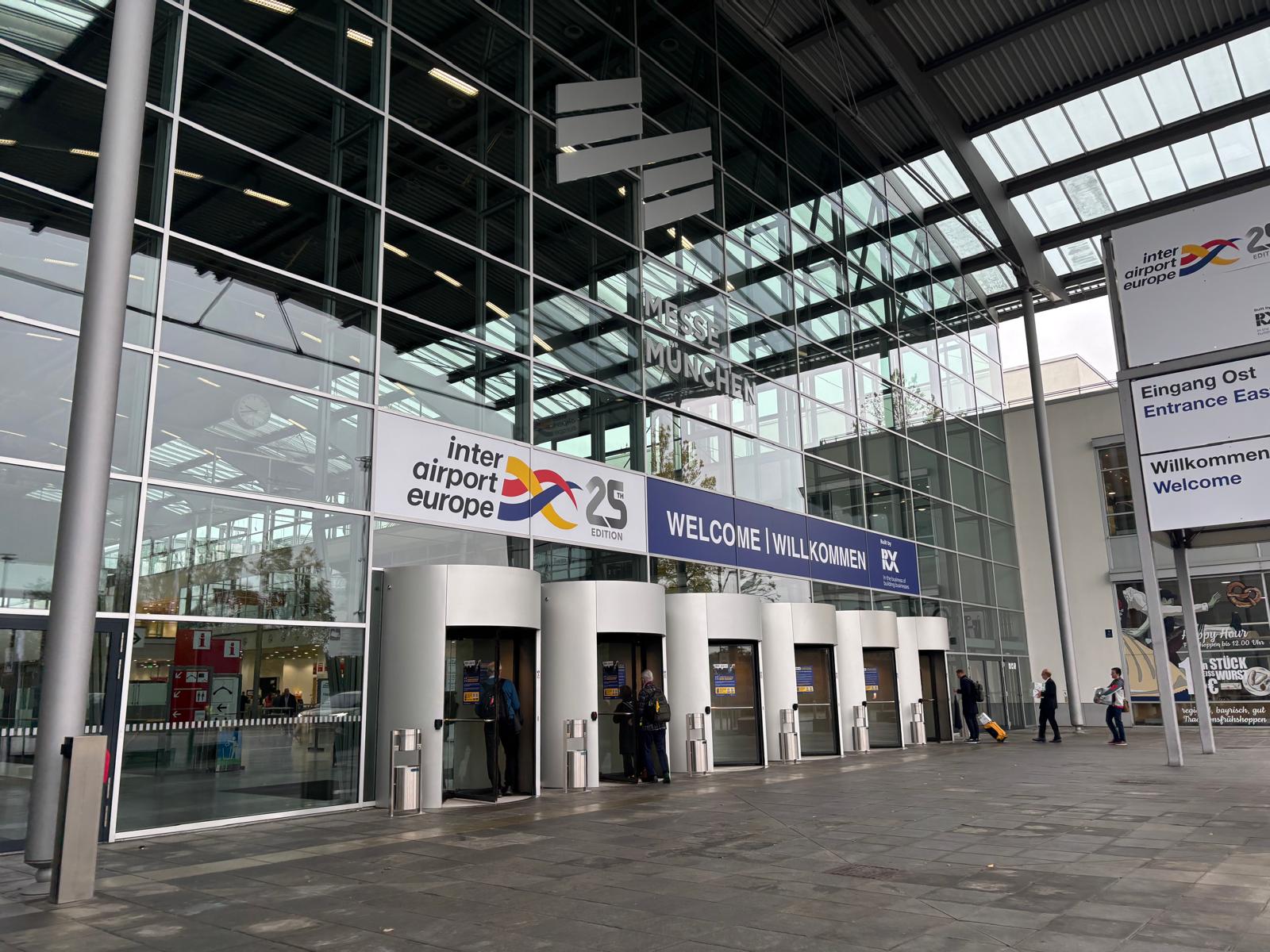
Again; this might seem somewhat obvious for some areas – of course, you cannot simply insert a square peg into a round hole, and you cannot judge one airport’s needs by another, but what truly struck me was just how often this old adage seemed to rear its head.
During the talk ‘Airport Development: Strategies to Increase Passenger Numbers and Meet Ever-Increasing Customer Expectations’, moderator Bruno Rampinelli Rota, Managing Director, at To70 Italia and his panelists, Celiana Grouman, Director of Aviation, One Works, Claudia Carrà, Head of Master Planning, Authorizations and Accessibility at SEA Milan Airports and Costantino Pandolfi, Director of Infrastructure Planning, ENAC at the National Civil Aviation Authority discussed at length the need for a comprehensive, tailored master plan when implementing future infrastructure projects at their respective airports.
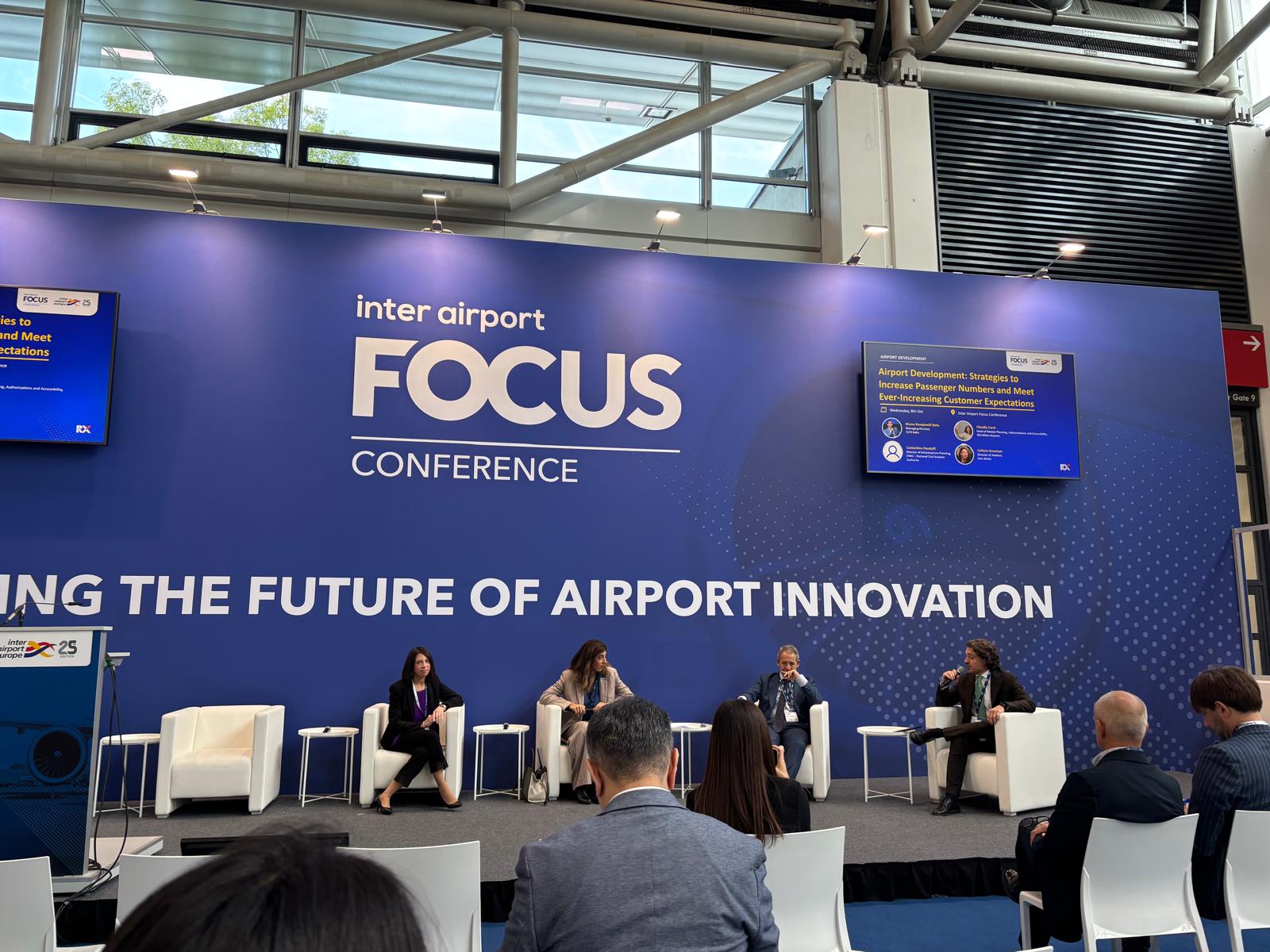
Grouman mentioned the need for research-led design planning; a task that is carried out with a specific, bespoke vision in mind, and also, coincidentally, a talking point addressed during Yuli Grig of Midstream Lighting’s discussion on sufficient apron lighting later that day.
Even at a higher level; all panelists agreed on the need for a tailored national plan when assessing future infrastructure requirements.
In another, crucial instance; Harvey Matthewson, Advocacy Manager at Aerobility, spoke of the need for more consideration and understanding when it comes to the inclusion of disabled citizens not just as passengers, but as potential workforce members.
Matthewson discussed the need to see each person as an individual, rather than viewing them as someone they can simply just categorise and therefore, ultimately, fail to provide the care and solutions that they need. Such oversight, Matthewson declared, could lead to a number of missed opportunities for both passenger satisfaction and, potentially, employee suitability.
It was proposed that certain prejudices can often lead to the dismissal of disabled applicants, even when said applicants are more than capable of providing the expertise and performance employers desire, with progression remaining a significant stumbling block for the aviation sector across the world.
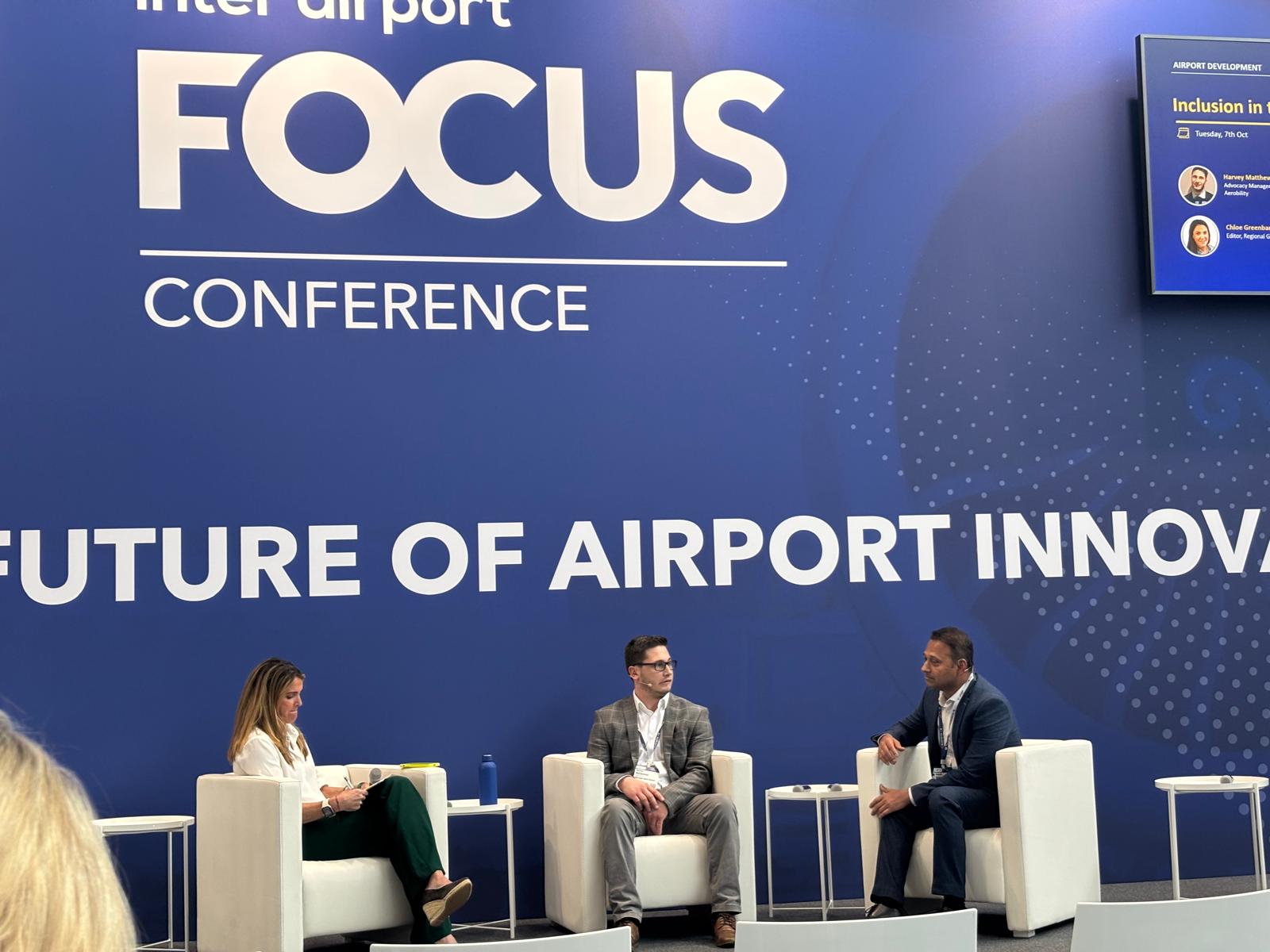
One solution for these problems, according to Matthewson, is the expansion of digitalisation within the sector. With digital tools, airports and airlines have the capacity to perform comprehensive assessments on all passengers before they travel, providing operators with a bespoke profile detailing the wants and needs of their more vulnerable passengers.
Even out on the show-floor, companies such as AviaSafe were touting their own, new, totally bespoke solutions – recognising the need for a more considered and tailored approach to the modern airport industry.
So, what’s holding the industry back from implementing these more bespoke solutions?
The answer, it would seem, may well just be fear. With astronomical costs involved with any infrastructure or application project; many airports and airlines might be averse to taking the risk of adopting such initiatives.
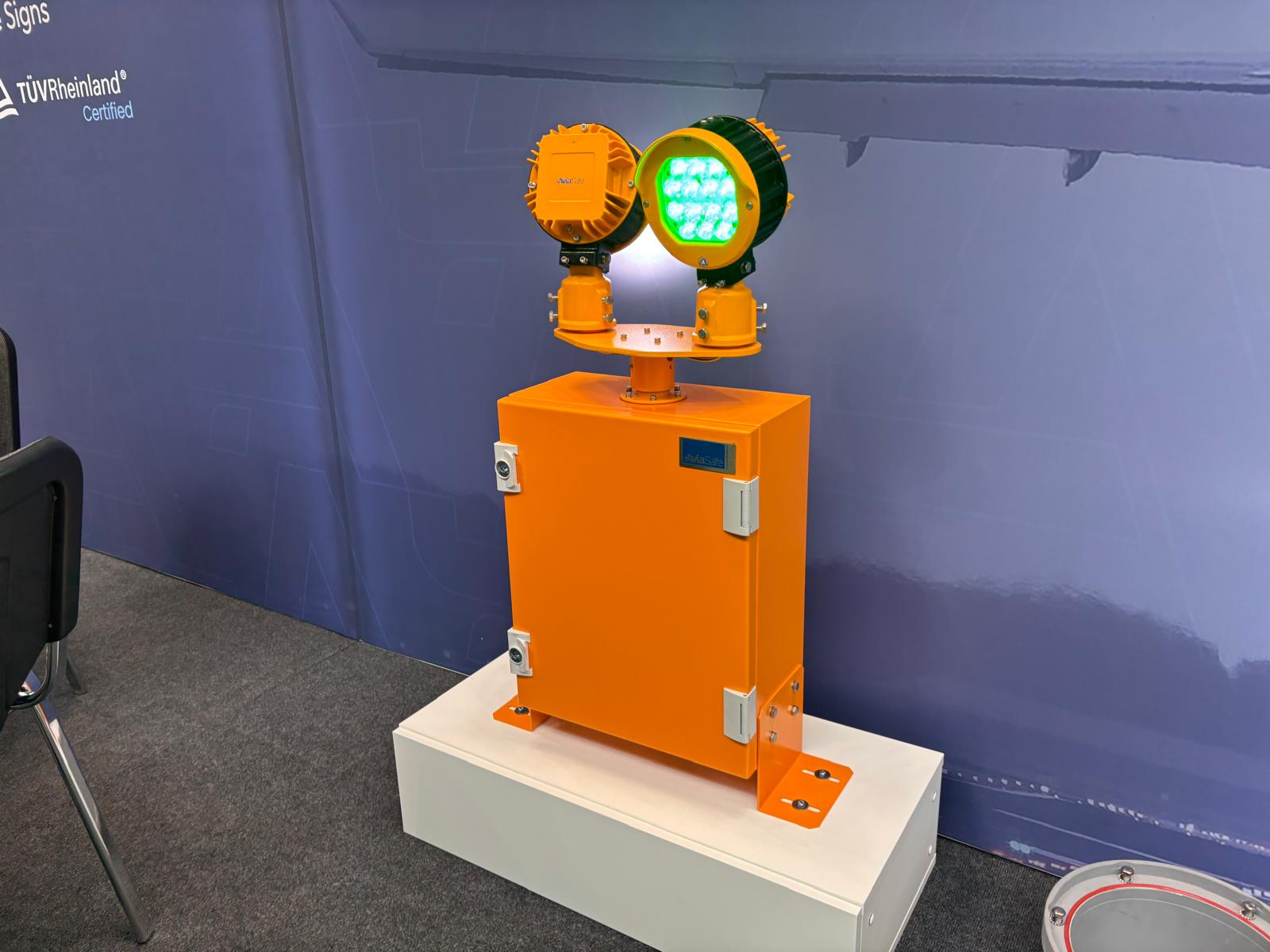
One airport not afraid to innovate is Munich Airport itself. During his talk ‘Airport Development: Intermodal Munich – By Train and by Plane’, Klaus Dorwarth, Senior Airport Consultant, amd.sigma GmbH, Dorwarth detailed a number of ‘risks’ the company had taken in order to provide the right solution for the right passenger, as well as the airport itself.
With a world shifting toward a more public-transport oriented travel itinerary; Munich Airport was a structure initially constructed to provide easy transport links via personal vehicles. In fact; the airport’s Terminal 2 building, opened in 2003, was constructed without a curb-side at its front, a move that, according to Dorwarth, was a conscious effort to cement the airport’s status as a sustainable, multi-modal transport hub. Once again, a bespoke solution for an ever-evolving sector.
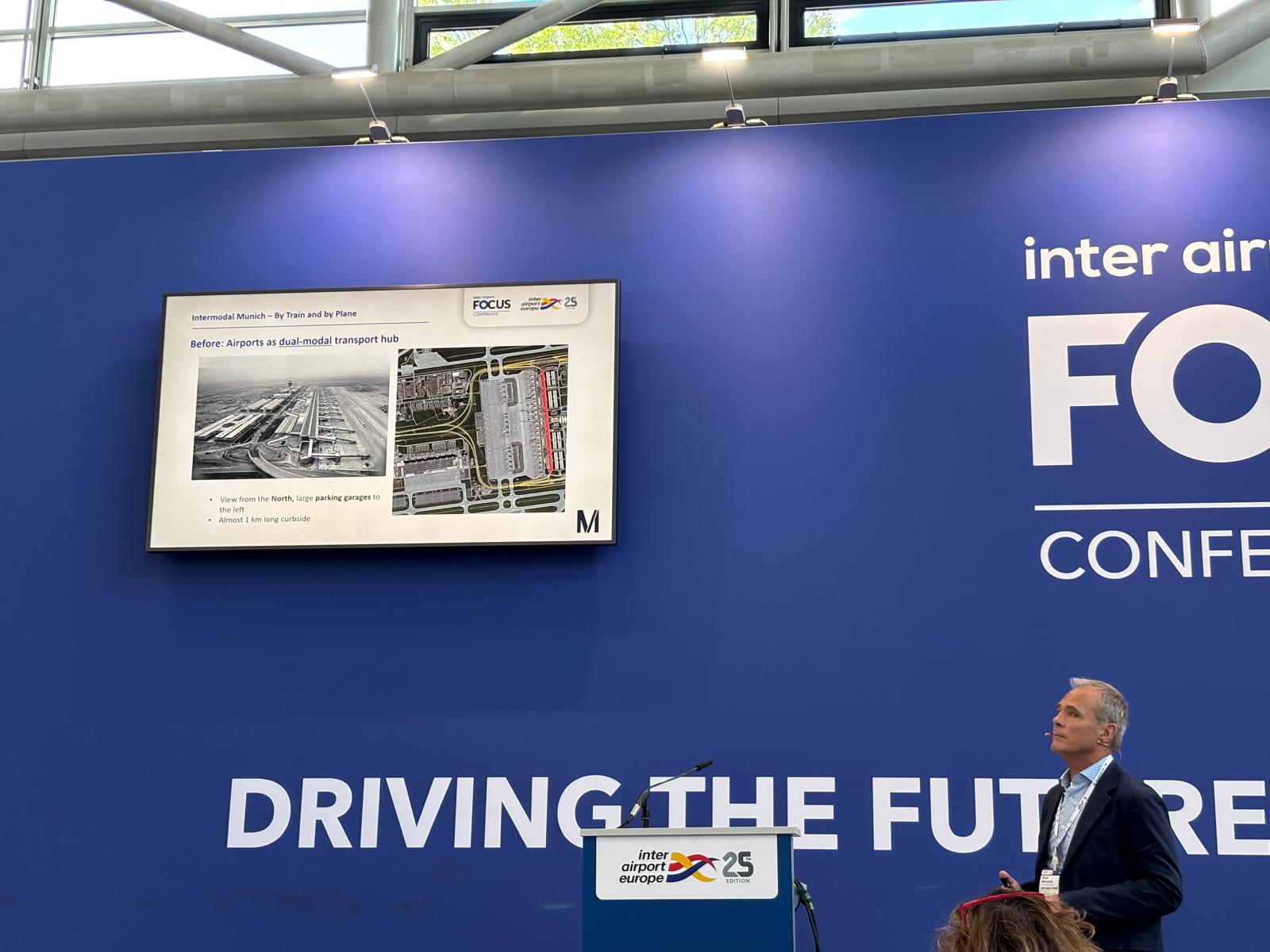
Another project often suggested for the airport includes the proposal of a transrapid rail system that would connect Munich city centre and Munich Airport, but this was, unfortunately, deemed non-viable.
A potential risk? Perhaps, but one that would have delivered untold benefits for those looking to access the airport in a more linear fashion (something I know I’d have enjoyed far more than my scramble from Messe München this past Thursday).
Ultimately, with an event so focused on the concept of offering the right solution for the right passenger, these examples could be found across almost every single talk, every panel, every conference I attended.
No matter how you choose to look at the state of airport development in 2025, there is no debate that it is one of the most tailored, unique industries in the world, one ripe for innovation at practically every turn, and nowhere was this more apparent than this year’s inter airport.


